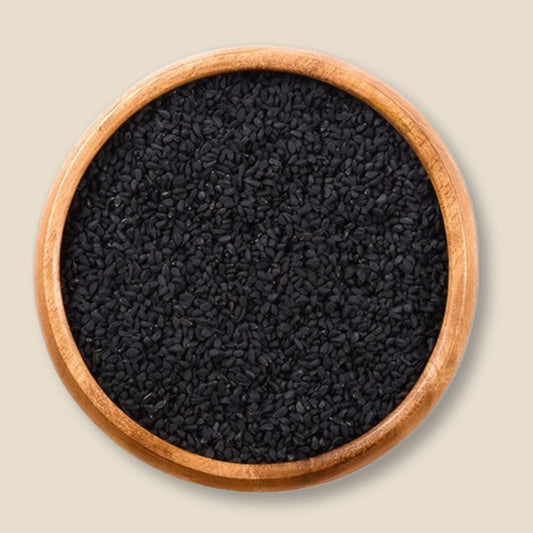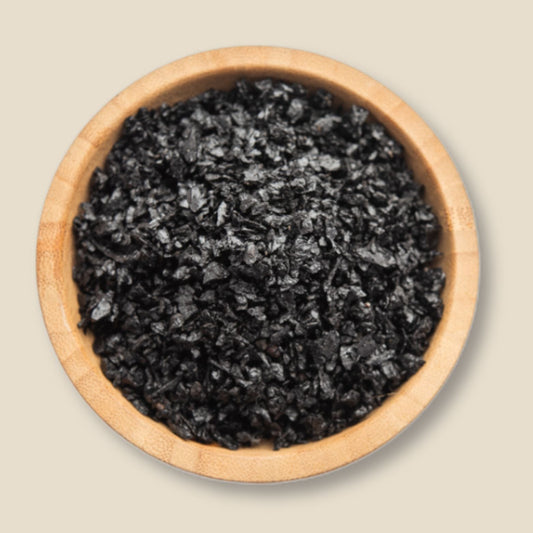
Seasonal Eating: How to Align Your Diet with Nature’s Rhythms
Abdullaah KhanShare
Imagine biting into a ripe, juicy strawberry on a warm summer day, or savoring a hearty bowl of pumpkin soup as the leaves turn gold in autumn. There’s something inherently satisfying about eating food that’s in season.
But beyond the sensory pleasure, did you know that seasonal eating can actually benefit your health, your wallet, and even the planet?
Let’s explore why aligning your diet with nature’s rhythms might just be the best thing you can do for your well-being.
Why Seasonal Eating Matters
First things first—what exactly is seasonal eating? It’s all about consuming foods that are harvested at their peak in your local area.
This means enjoying strawberries in summer, apples in autumn, and root vegetables in winter. While it might seem simple, the benefits are far-reaching.
1. Nutritional Benefits:
Foods that are in season are often more nutrient-dense. When fruits and vegetables are harvested at their peak ripeness, they’re packed with vitamins, minerals, and antioxidants.
Compare that to out-of-season produce, which is often picked early and shipped long distances—by the time it reaches your plate, it’s lost a significant amount of its nutritional value.
So, not only does seasonal eating taste better, but it’s also better for you!
2. Better for Your Wallet:
Let’s talk money.
Have you ever noticed how expensive strawberries are in the middle of winter? That’s because it costs more to grow and transport out-of-season produce. When you buy what’s in season, you’re purchasing food that’s more abundant and locally available, which often means lower prices.
Plus, you’re supporting local farmers—who doesn’t love that?
3. Environmental Impact:
Eating seasonally is one of the easiest ways to reduce your carbon footprint. Out-of-season produce is typically grown in artificial environments or shipped from faraway places, both of which require significant energy.
By choosing local, seasonal foods, you’re cutting down on the fossil fuels needed for transportation and storage. It’s a win for the planet!
4. Cultural Connection:
There’s something deeply satisfying about connecting with the seasons through food. Seasonal eating can bring you closer to the natural world and to your cultural heritage.
Many traditional diets are based on seasonal eating, and by following these patterns, you’re tapping into wisdom that has been passed down through generations.
Seasonal Eating Throughout the Year
Now that you’re sold on the benefits, let’s get practical. What should you be eating, and when? Here’s a quick guide to seasonal foods for each time of the year. (Remember, these examples are for a temperate climate, so if you’re in a different region, your seasonal produce will vary.)
-
Spring: As the weather warms up, so does your menu. Spring is all about fresh, green produce. Think asparagus, peas, radishes, and leafy greens like spinach and arugula. These foods are light and packed with nutrients, helping to cleanse your system after a long winter.
-
Summer: This is the time to indulge in a rainbow of fruits and vegetables. Tomatoes, zucchini, cucumbers, peppers, and all the berries you can eat—these foods are hydrating and full of antioxidants, perfect for hot summer days. Pro tip: Freeze some of those berries for a winter treat!
-
Autumn: As the leaves turn, so does your diet. Autumn is the season for hearty, grounding foods like pumpkins, squash, sweet potatoes, and apples. These foods are rich in vitamins and perfect for comforting soups, stews, and baked dishes.
-
Winter: When the cold sets in, your body craves warmth and sustenance. Root vegetables like carrots, parsnips, and beets are in season, along with cruciferous veggies like cabbage and Brussels sprouts. These foods are hearty and full of fiber, keeping you satisfied during the colder months.
Tips for Embracing Seasonal Eating
If you’re new to seasonal eating, don’t worry—it’s easier than you might think. Here are some tips to get you started:
-
Visit Farmers’ Markets: One of the best ways to eat seasonally is to shop at your local farmers’ market. Not only will you find the freshest produce, but you’ll also discover what’s in season in your area. Plus, you can chat with the farmers and get tips on how to prepare your food.
-
Grow Your Own: If you have space, consider growing your own seasonal produce. Even a small herb garden can make a big difference. There’s nothing quite like harvesting your own food, and it’s the ultimate way to ensure you’re eating seasonally.
-
Plan Your Meals: Incorporating seasonal foods into your diet can be as simple as planning your meals around what’s available. Start by looking up recipes that feature in-season ingredients and build your shopping list from there.
-
Preserve the Harvest: If you have an abundance of seasonal produce, consider preserving it for later. Freezing, canning, and pickling are all great ways to extend the life of your food and enjoy seasonal flavors year-round.
So whats the gist?
Seasonal eating is more than just a trend—it’s a way of life that connects you with nature, improves your health, and supports your local community. By aligning your diet with the rhythms of the seasons, you’ll enjoy fresher, more nutritious food, save money, and do your part to protect the environment.
So next time you’re at the grocery store or farmers’ market, think about what’s in season and give it a try. Your body (and the planet) will thank you!
References
- Harvard T.H. Chan School of Public Health. "The Nutritional Benefits of Seasonal Eating." Retrieved from Harvard Health
- Environmental Health Perspectives. "Seasonal and Local Foods: Health and Environmental Impacts." Retrieved from National Institutes of Health
- The Journal of Nutrition. "Seasonality and Nutrient Content of Fruits and Vegetables." Retrieved from Oxford Academic







